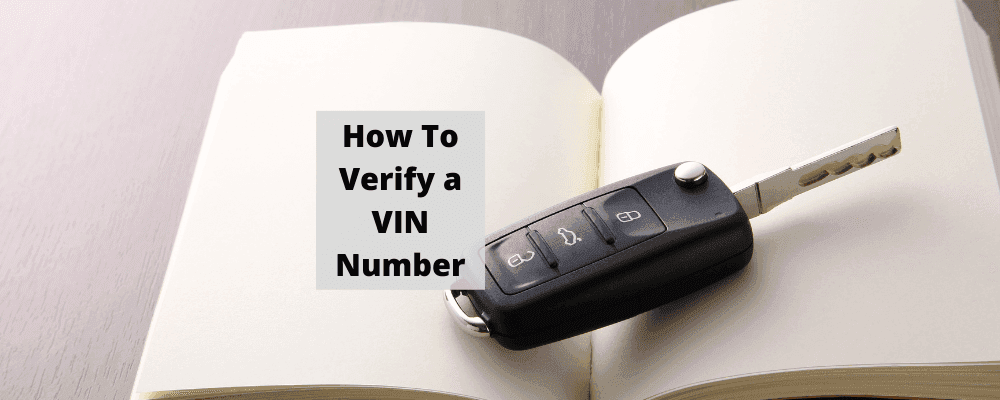You need to know how to verify a VIN number when buying a used car from a private seller. Here’s some helpful info about the VIN number that can help you avoid scammers.
What Is a VIN Number?
The Vehicle Identification Number, or VIN, is a car’s “fingerprint.” It’s a unique code made up of 17 letters and numbers.
Automobile makers in the United States and the Automobile Manufacturers Association created the Vehicle Identification Number (VIN) in 1954.
The 17-character VIN number format became the standard in 1981.
- World manufacturer identifier (WMI). The first 3 characters tell what country the car was built in and by whom.
- Vehicle descriptor section (VDS). Characters 4-9 identify the type of vehicle and may contain info about the model, drivetrain, and body style.
- Year model code. A letter or number in the 10th position tells the year model.
- Plant code. It appears in the 11th position. Each manufacturer has its own set of plant codes.
- Check code. This helps identify bogus VIN numbers. The calculation involves converting letters into numbers and using an arithmetic formula.
- Production number. Characters 12-17 tell what order the cars came off the assembly line.
Where Do I Find the VIN Number?
Except for really old cars, you can find the VIN number on a plate located on the driver side dashboard. It’s positioned far forward and you can view it through the windshield on the driver side.
A lot of cars have the VIN number in other places as well.
- Driver side door jamb.
- Radiator.
- Front of the chassis.
- Trunk.
- Engine block.
How Do I Verify the VIN Number?
When you verify the VIN number, it can help you spot a used car scam.
Does the VIN Number Match Title and Registration?
Scammers will sometimes try to pass off a valid title for a vehicle other than the one they’re selling.
In other words, if you’re looking at a white Toyota Camry, the description in the title might say it’s a white Toyota Camry.
But then you look at the VIN on the title and find out it’s not the same as the VIN on the car. This tells you it’s a title for a different white Toyota Camry.
Do Any Characters In the VIN Number Appear Altered or Scratched Out?
If any characters on the car’s VIN plate look like they’ve been altered, you might be dealing with a scammer.
If the VIN on the title looks altered, the title is invalid. Ask the seller to get a duplicate title before going any further.
Does the VIN Model Code Match? Is the Check Code Valid?
The U.S Department of Transportation has a handy online VIN decoder. It beats the complex calculations you’d have to make to verify the VIN number check code.
Verify the VIN Number With a Vehicle History Report
A vehicle history report such as one from PrivateAuto partner AutoCheck can help you verify the VIN number.
- Description of the car.
- Whether it was reported stolen.
- Shows if it has a branded (salvage, flood, fire, etc.) title.
- Tells you if there’s a lien on the title.
Conclusion
American carmakers began using the Vehicle Identification number in 1954. In 1981, the 17-character format became the standard.
The VIN number appears on a plate fixed to the driver’s side dashboard. You can read it by looking through the windshield on the driver’s side.
When you buy a car from a private seller, you should verify the VIN number. It’s the car’s unique “fingerprint” that identifies it.
The VIN number code is complex. Fortunately, there are several ways to get access to the VIN number database.
- The National Highway Safety Administration VIN Decoder.
- State DMV VIN checker.
- Vehicle history report through AutoCheck or other providers.
PrivateAuto makes it easy to buy or sell a used car.
- List until sold for free.
- Printable window brochure.
- Avoid scammers with verified email, phone number, and driver’s license.
- Accept, reject, and counter offers.
- Schedule inspection and test drives.
- State-specific bill of sale and other documents that you can sign from the app.
Ready to buy or sell a used car? Get started today with PrivateAuto.
